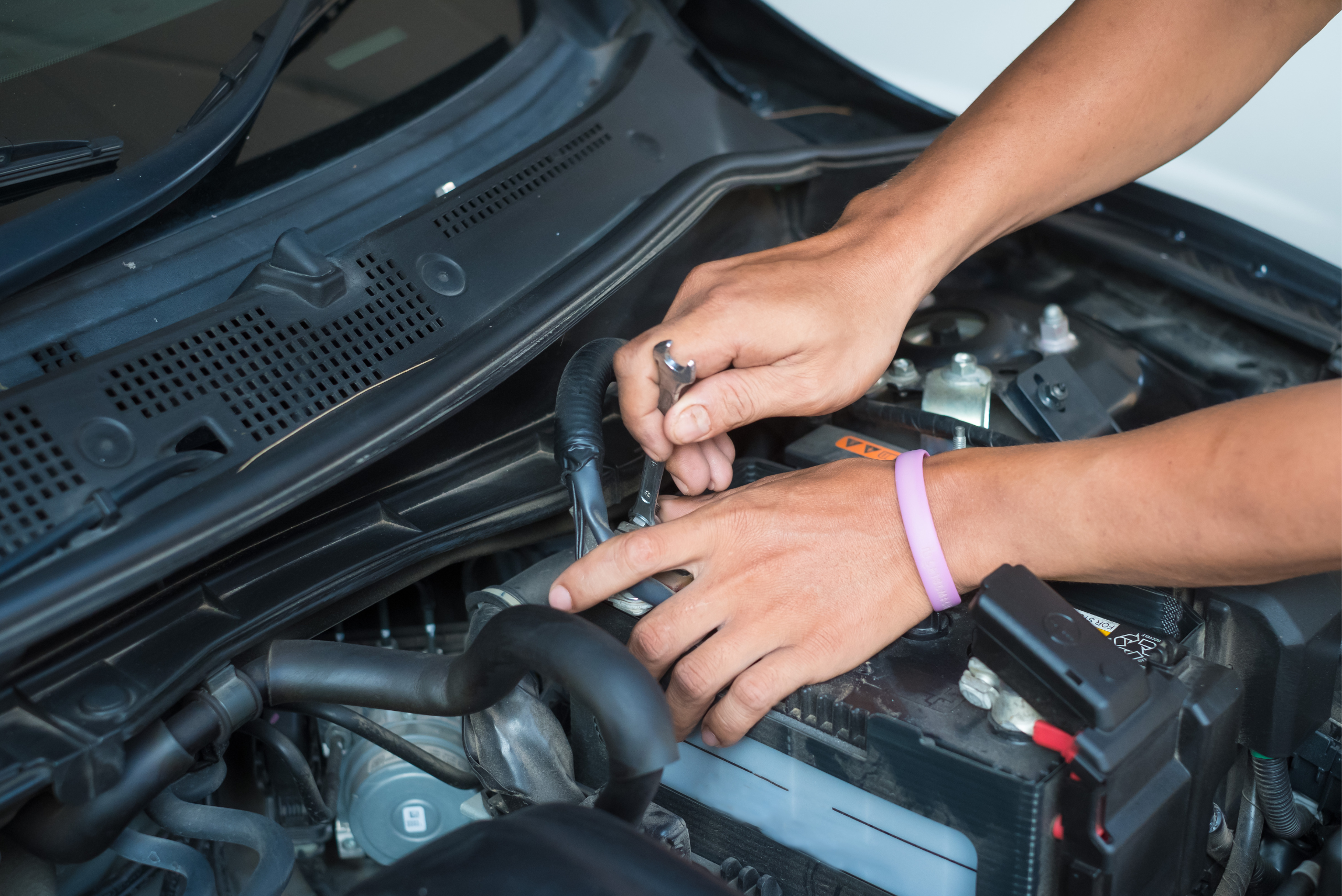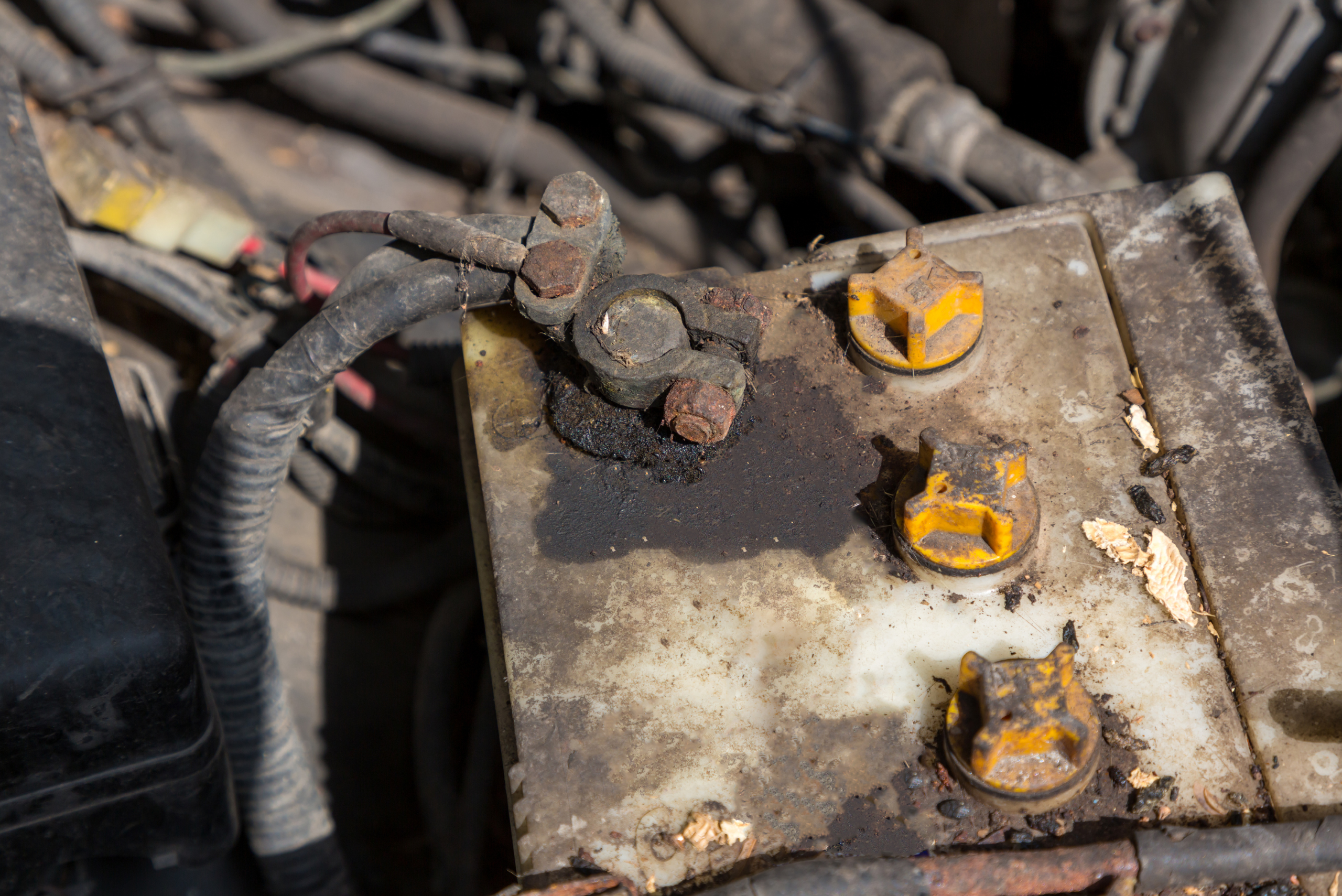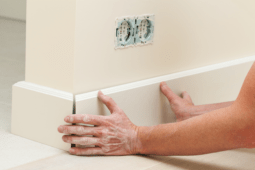Car Battery Replacement – Step-by-Step Guide for DIY Enthusiasts
Learning how to change a car battery is a valuable skill that can save you time, money, and the inconvenience of being stranded with a vehicle that won’t start. It’s a relatively simple process that requires a few tools and a bit of know-how. In this article, we will guide you through the steps and provide tips to ensure you can replace a car battery safely and efficiently.
Why Knowing How to Change a Car Battery is a Must for Every Driver
Every driver knows the dread of turning the key in the ignition and hearing nothing but a sputter. This is often a sign that your car battery is failing. Understanding how to change a car battery is crucial because it ensures you’re not solely dependent on roadside assistance or garages, which can be costly and not always available immediately. Moreover, it’s a quick task that can get you back on the road in no time, especially in urgent situations.

Firstly, the symptoms of a dying battery include a slow engine crank, dim lights, and the battery warning light on your dashboard. If you notice these signs, it’s likely time for a change. Before you start, ensure you have the right tools—namely, a wrench set, a pair of gloves, and safety glasses to protect your eyes from any corrosive substances.
Steps to Safely Remove Your Old Car Battery
Safety should always be your top priority when dealing with car batteries. Begin by ensuring your vehicle is on a flat surface with the engine turned off and the keys removed. It’s wise to wear gloves and eye protection to shield yourself from the battery acid.
- Open the hood and locate the battery.
- Detach the negative cable first; this is usually marked with a minus (-) sign or covered in black. (It’s crucial to start with the negative to prevent any electrical short circuits.)

- Once disconnected, move on to the positive cable, marked with a plus (+) sign and typically covered in red.
- After both cables are detached, you can remove any clamps or screws holding the battery in place.

- Carefully lift the battery out of the bracket, keeping it upright to avoid any leaks.
- The battery will likely be heavy, so make sure to have a clear and secure area to place it on after removal.
Choosing the Right Battery and Installing It Correctly
Selecting the right battery for your car is vital. Check your vehicle’s manual for the correct specifications, or seek advice from a trusted auto parts store. When purchasing a new battery, consider factors like size, warranty, and cold cranking amps (CCA), especially if you live in a colder climate. Also, some batteries are mounted in the trunk and require a venting tube, limiting your choices of which batteries you can use.

To install the new battery, place it in the battery bracket and secure it with the clamps or screws you removed earlier. If your battery cable connections are rusty, you might want to use an abrasive brush to clean them. Attach the positive cable first, this time to minimize the risk of sparks. Ensure the connections are tight and secure. Then, attach the negative cable. Once both cables are securely connected, give them a little tug to make sure they won’t slip off.
Importance of Visually Checking Your Car’s Battery
Although a car battery can function flawlessly every time you turn the ignition key, you might still want to regularly inspect it for visual signs of failure. Regardless of how new or used a car battery is, it can still leak acid, which can typically be seen around the terminals. Once a battery leaks, its performance is compromised, and you might experience safety hazards if you continue using it.

The color of the car battery acid that leaks can vary, so look out for green, white, or even sometimes purplish chunks of crystal-like material on the battery. You shouldn’t touch the acid with your bare hands; instead, wear thick gloves to clean the acid off the terminals using an abrasive brush. However, if the leak is happening from the seams of the battery or because of physical damage, a battery replacement is a must.
Maintaining Your Battery to Prolong Its Life
Regular maintenance can extend the life of your car battery significantly. Keep the battery clean from dirt and grime, which can cause a discharge or corrosion over time. Check the terminals occasionally for signs of corrosion and clean them with a brush if necessary. Additionally, ensure the battery is firmly secured in its place to prevent damage from vibrations.

Another tip is to keep your car in regular use. Long periods of inactivity can deplete a battery’s charge. If you plan not to use your car for an extended period, consider investing in a battery maintainer to keep it charged. As a good rule of thumb, you should drive your vehicle at least once a week for a good long drive; idling isn’t insufficient to let the alternator recharge the car battery even if you wait 20 to 30 minutes.
Related Articles
- How to Recharge Car AC to Enjoy Comfortable Drives on Hot Days
- How to Change Wiper Blades: Car Maintenance
- DIY Car Maintenance: How to Change Your Engine Oil
Changing a car battery is a straightforward task that can make a significant difference in emergency situations. By learning how to change a car battery, you empower yourself to handle car troubles independently, ensuring peace of mind and saving potential costs from professional services. Remember, the key to success is following safety protocols, choosing the right battery, and performing regular maintenance to keep your battery running smoothly.
Ready to start your next project? Join our DIY community to receive tool tips, how-to guides, and exclusive creative insights. Subscribe to the ManMadeDIY newsletter now! Click here to unlock a world of hands-on inspiration.
FAQs
How to clean battery acid?
Neutralize the acid with a baking soda-water solution, scrub away corrosion, rinse with water, and dispose of materials properly. (Some batteries are refillable, but make sure to do your research) Ensure safety gear, like gloves and goggles, is worn throughout the process.
How to take a battery out of a car?
Disconnect the negative terminal first, followed by the positive; remove any hold-down clamps, then carefully lift the battery out of the tray. Always work in a well-ventilated area and ensure the car is turned off before starting the removal process.
How to put a battery in a car?
Position the new battery securely in the tray, reconnect the positive terminal first, then the negative, and double-check all connections for tightness. Before starting, ensure the car is turned off and parked safely, and avoid touching the terminals with bare hands to prevent electrical shocks. (Some car models require batteries to be reprogrammed, especially newer high-end models)
When removing car battery, which terminal first?
When removing a car battery, it’s safest to disconnect the negative terminal first. This minimizes the risk of short circuits and electrical shocks.









